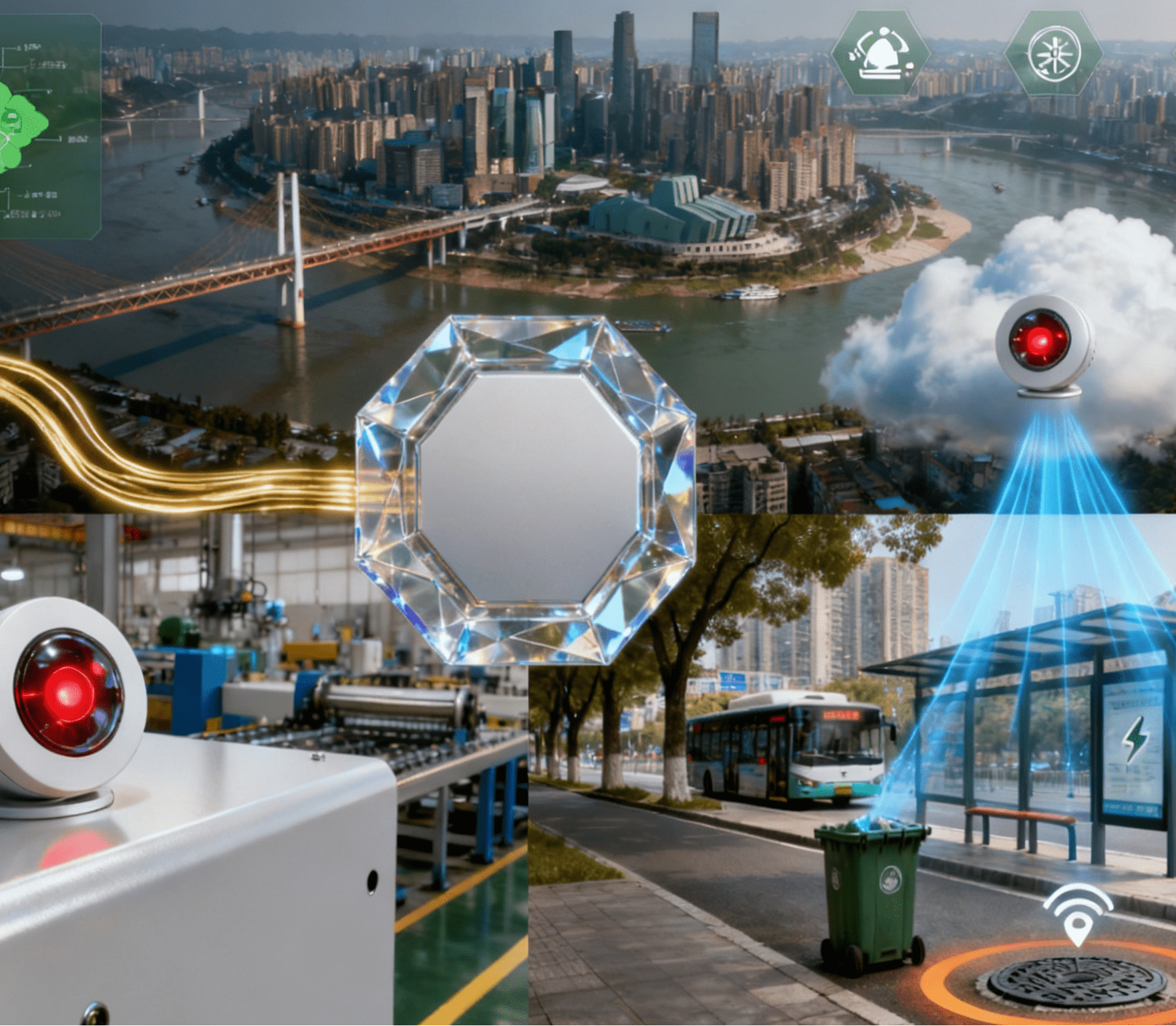Table of Contents
ToggleFour Ways Parents Can Guide Teens to Safely Navigate AI in an Automated World

As intelligent automation and industrial automation reshape daily life, adolescents are increasingly immersed in AI-driven environments—often without realizing it. From predictive text on smartphones to algorithmic recommendations in apps, AI silently influences teens’ interactions, learning, and decision-making. The American Psychological Association (APA) warns that while AI presents opportunities for growth, it also poses unique risks for adolescents (ages 10–25), a critical period for brain development and emotional regulation. By proactively addressing these challenges, parents can help teens harness AI’s benefits while safeguarding their well-being in an era where automation touches every facet of life, from social interactions to industrial systems.
1. Balancing AI Companionship and Real-World Connections
Teens are particularly vulnerable to forming emotional attachments to AI companions, such as chatbots, due to their developing critical thinking skills. Unlike adults, adolescents may struggle to distinguish between a chatbot’s programmed empathy and genuine human understanding, risking stunted social skill development. Clinical psychologist Mary Alvord notes, “AI’s ability to mimic compassion can create the illusion of meaningful connection, but it lacks the emotional depth essential for healthy relationships.”
Action Step for Parents:
Initiate conversations about the AI tools your teen uses. For example, if they interact with a study assistant or creative writing bot, discuss how these tools provide structured responses versus the nuanced support of a human tutor or friend. Encourage activities that foster in-person interactions, such as joining clubs or volunteering, to ensure AI supplements—rather than replaces—human connection. This is especially important as intelligent automation introduces more AI-driven “companions” in educational or industrial training settings.
2. Critiquing AI-Generated Health Information
Teens often turn to AI for health advice, but the technology can propagate misleading information with authoritative tone. Linda Charmaraman, PhD, highlights, “AI thrives in black-and-white answers, but health is often gray. Teens may act on inaccurate AI recommendations, delaying professional care or adopting harmful habits.”
Action Step for Parents:
Teach teens to question AI’s credibility by asking:
- Who created this content?Is the source reputable, or is it an algorithm aggregating unverified data?
- Does this apply to me?AI may overlook individual differences (e.g., age, medical history), especially in industrial automation contexts where generalized health tips might not account for workplace-specific risks.
Emphasize that AI should never replace advice from healthcare professionals. For instance, if a teen uses an AI app to track sleep, remind them to discuss persistent issues with a doctor rather than self-diagnosing based on algorithmic insights.
3. Protecting Privacy in an AI-Data Economy
AI systems, including those embedded in industrial automation technologies, often collect vast amounts of teen data—behavioral patterns, preferences, and even location—to fuel targeted ads or train algorithms. Jessica Hamilton, PhD, warns, “Teens are rarely aware of how their data is exploited, from influencing purchase decisions to reinforcing societal biases.”
Action Step for Parents:
- Audit Privacy Settings: Review apps and devices together, focusing on AI-powered features (e.g., voice assistants, personalized feeds). Disable data-sharing permissions where possible, especially in apps connected to industrial or educational platforms.
- Discuss Data Ethics: Explain how companies profit from their data and how biases in AI training datasets can lead to skewed recommendations. For example, an AI career quiz might unintentionally steer teens toward certain industries based on historical gender or socioeconomic biases in industrial employment data.
Choose platforms with transparent privacy policies and encourage teens to ask, “What’s in it for the company if I use this tool?”
4. Harnessing AI as a Complementary Learning Tool
AI’s potential as an educational aid is significant, from generating study outlines to providing instant feedback on essays. However, over-reliance can erode critical thinking skills, a risk amplified in environments where industrial automation prioritizes efficiency over deep learning.
Action Step for Parents:
Frame AI as a “collaborator,” not a replacement for human effort. For example, if your teen uses an AI tool to draft a history paper, challenge them to fact-check sources, question the AI’s assumptions, and refine arguments independently. Discuss how industrial automation uses AI to streamline processes but still requires human oversight for creativity and problem-solving.
Encourage projects that blend AI with hands-on learning, such as using a coding bot to learn programming basics while building a real-world project, like a simple app or robotics prototype.
Conclusion: Cultivating AI Literacy for the Future
As intelligent and industrial automation continue to integrate AI into daily life, parents play a pivotal role in shaping teens’ relationship with this technology. By fostering critical engagement—questioning AI’s limitations, protecting privacy, and prioritizing human connection—families can ensure teens leverage AI as a tool for growth rather than a substitute for human judgment.
Mitch Prinstein, PhD, underscores, “We have a chance to guide teens in using AI mindfully, unlike the reactive approach to social media. It starts with open dialogue and modeling responsible use.” Whether navigating chatbots, health apps, or industrial training simulations, the goal is to equip teens with the skills to thrive in an automated world—safely, ethically, and creatively.
Final Tip: Stay curious about your teen’s AI experiences. Ask them to teach you about the tools they love, and share how you engage with AI in your own life—whether at work in industrial settings or in personal use. This builds trust and opens the door to ongoing conversations about technology’s role in their future.




















